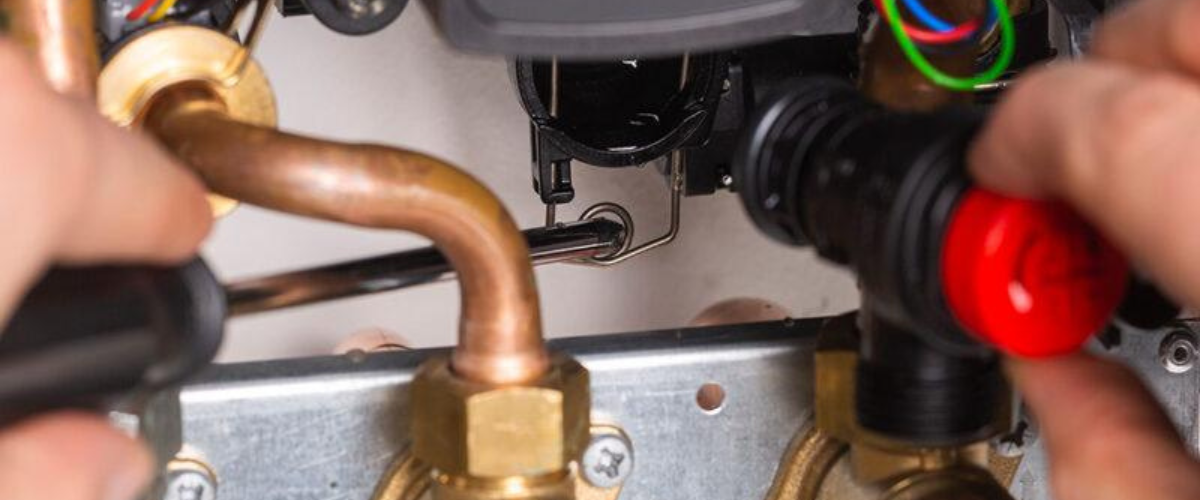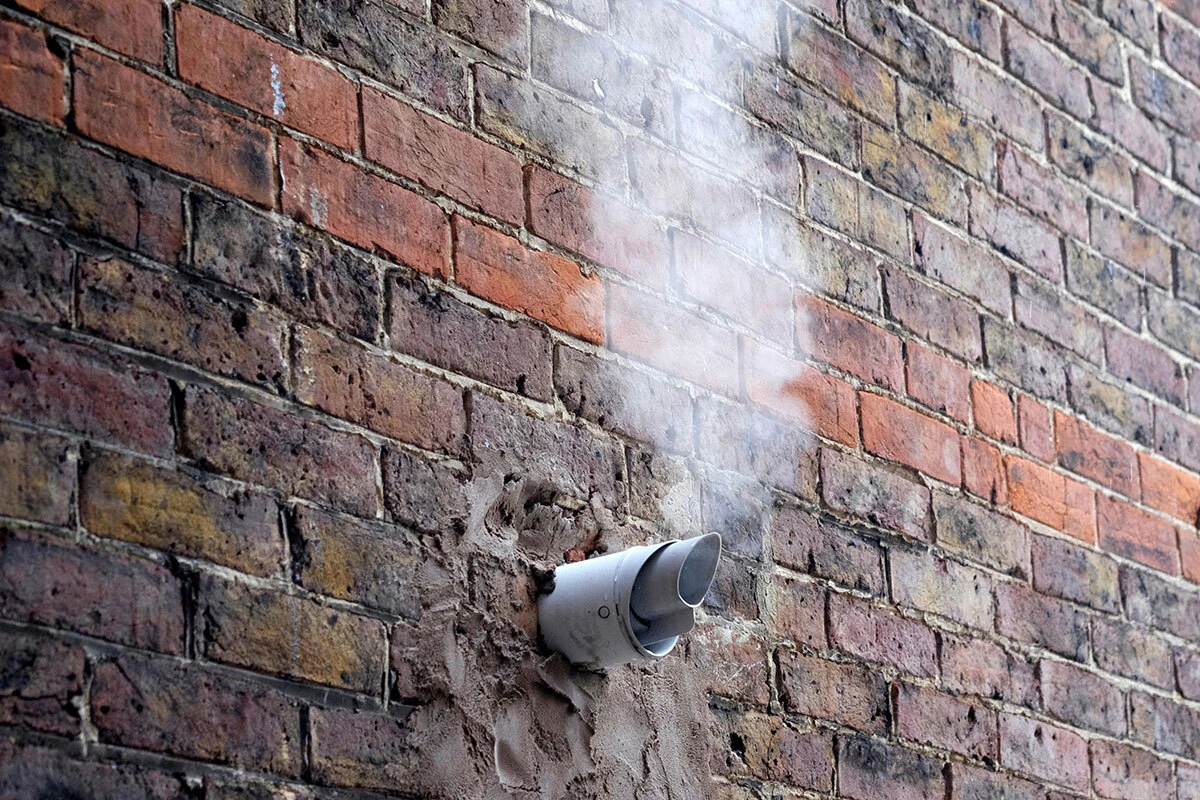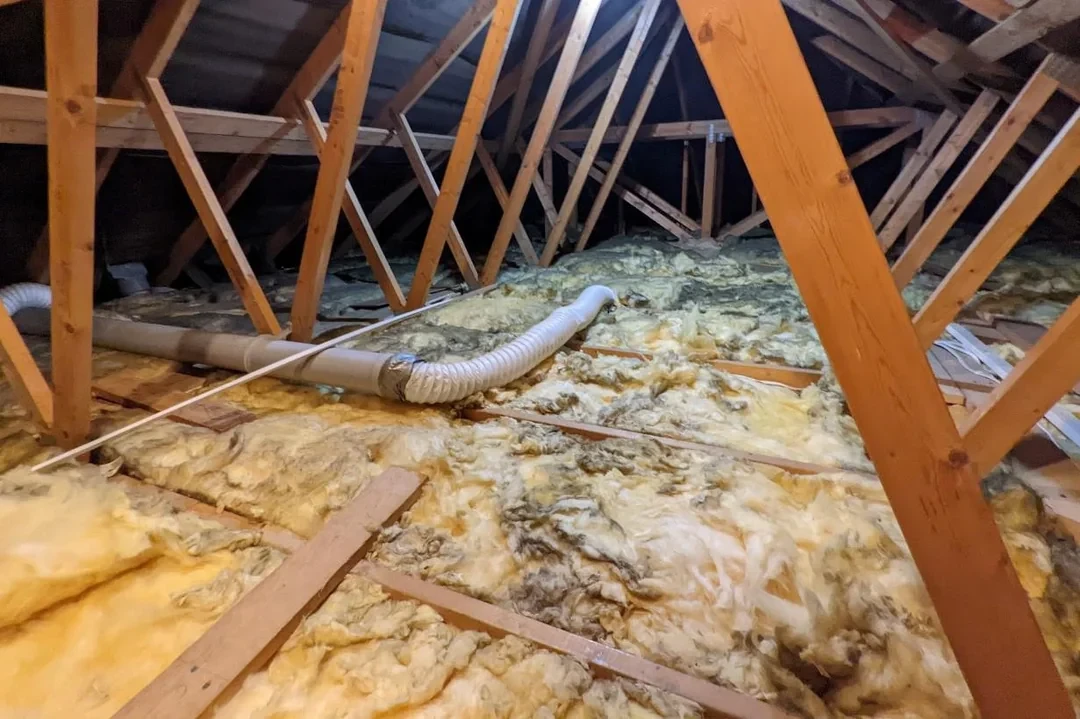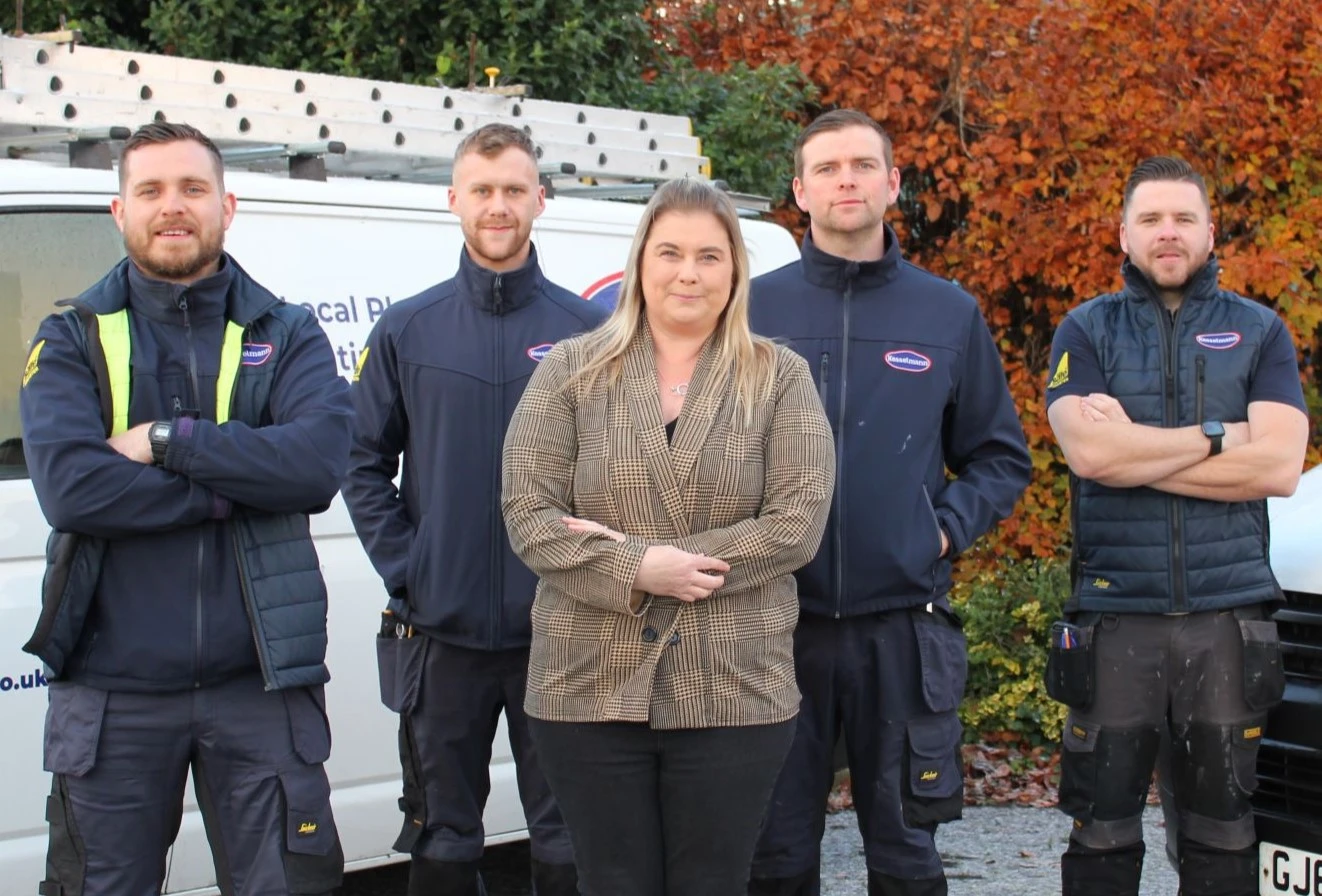15/02/2025

Many homeowners wonder whether they can adjust the flow rate of their boiler to improve efficiency or water pressure. However, the flow rate of a boiler is typically set by the manufacturer and cannot be manually adjusted.
Below, we explain how boiler flow rates work, factors that influence them, and what you can do if you’re experiencing issues.
Understanding Boiler Flow Rate
The flow rate of a boiler refers to the amount of hot water delivered per minute, measured in litres per minute (LPM). In combi boilers, this determines how quickly hot water is supplied to your taps and showers. Unlike temperature or pressure settings, the flow rate is a fixed characteristic of the boiler.
If you’re unsure what flow rate is needed for your home, our guide on What Flow Rate is Needed for a Combi Boiler? explains how to determine the right specification for your needs.
Why Can’t the Flow Rate Be Adjusted?
Manufacturer Settings: The flow rate is determined by the boiler’s design and internal components, ensuring safe and efficient operation.
Combi Boiler Output: Higher-output combi boilers naturally have a higher flow rate, meaning the only way to increase flow rate is by upgrading to a more powerful model.
Water Supply Limitations: The incoming mains water pressure affects the flow rate. Even with a high-output boiler, poor mains pressure can limit performance.
What to Do If Your Flow Rate Seems Low
If you’re experiencing poor hot water flow, there may be underlying issues that need attention:
1. Check Your Mains Water Pressure
Low mains water pressure can reduce the effectiveness of your boiler. You can test this by checking the pressure at an unfiltered cold tap.
If your cold water pressure is low, contact your water supplier to see if there are any known issues.
2. Inspect for Blockages or Limescale Build-up
Blockages in pipework or limescale accumulation in heat exchangers can restrict flow.
A professional plumber can assess and clean your system if necessary.
3. Ensure Your Boiler is Sufficient for Your Home’s Needs
If you’ve recently added more bathrooms or increased demand for hot water, your current boiler may struggle to keep up.
Upgrading to a higher-output combi boiler may be the best solution.
4. Check Your Stop Taps
Sometimes, a lack of water flow rate is due to either the outside or internal stop tap not being fully open.
Ensure both stop taps are fully open to allow maximum water flow into your property.
5. Consider a System or Regular Boiler for Larger Homes
If your household frequently requires hot water from multiple taps at the same time, a system boiler with a separate hot water cylinder may be more suitable.
In conjunction with a hot water cylinder, there are water pumps available that can help improve hot water flow throughout your home.
When to Call a Professional
If you’re unsure about the cause of poor hot water flow, it’s best to consult a qualified plumber. They can:
Assess whether your mains pressure is sufficient.
Check for blockages or faults within your heating system.
Advise on whether a boiler upgrade is necessary.
Conclusion
While you cannot manually adjust the flow rate of a boiler, understanding the factors that affect it can help diagnose issues and improve performance.
If you’re struggling with low flow rates, addressing mains pressure problems, pipe blockages, checking stop taps, or upgrading to a more powerful boiler may provide a solution. Additionally, in homes with a hot water cylinder, installing a pump may help enhance flow.
Always consult a professional for expert advice tailored to your specific situation.













